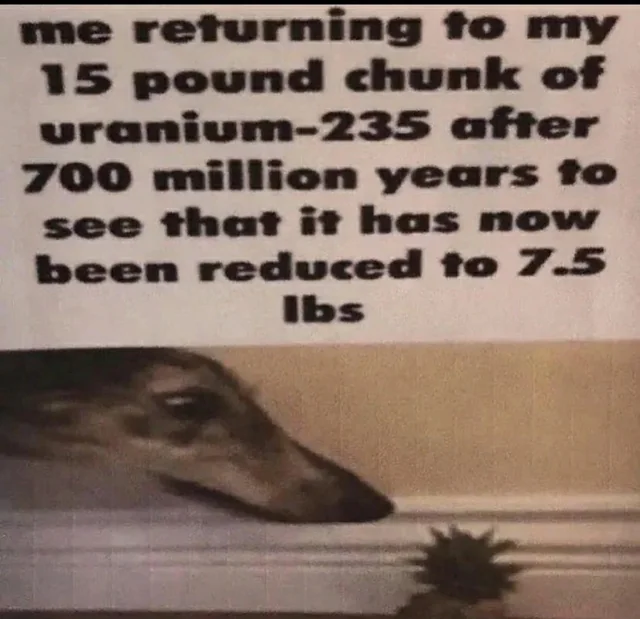this post was submitted on 04 Oct 2023
509 points (100.0% liked)
196
18555 readers
137 users here now
Be sure to follow the rule before you head out.
Rule: You must post before you leave.
Other rules
Behavior rules:
- No bigotry (transphobia, racism, etc…)
- No genocide denial
- No support for authoritarian behaviour (incl. Tankies)
- No namecalling
- Accounts from lemmygrad.ml, threads.net, or hexbear.net are held to higher standards
- Other things seen as cleary bad
Posting rules:
- No AI generated content (DALL-E etc…)
- No advertisements
- No gore / violence
- Mutual aid posts are not allowed
NSFW: NSFW content is permitted but it must be tagged and have content warnings. Anything that doesn't adhere to this will be removed. Content warnings should be added like: [penis], [explicit description of sex]. Non-sexualized breasts of any gender are not considered inappropriate and therefore do not need to be blurred/tagged.
If you have any questions, feel free to contact us on our matrix channel or email.
Other 196's:
founded 2 years ago
MODERATORS
you are viewing a single comment's thread
view the rest of the comments
view the rest of the comments

It doesn't get destroyed, it just splits into smaller things. Decay chains contain a number of reactions, which involve emission of a particular "particle": alpha particle (helium nucleus), beta- particle (electron), beta+ particle (positron) or gamma particle (photon), accompanied by stuff like neutrinos and antineutrinos. Thus a radioactive sample "loses" mass and energy. You can also have nuclear fission, where a heavy nucleus splits into smaller nuclei.
This isn't the full scope of nuclear reactions (there's stuff like electron capture, proton/neutron emission, etc.), but it should explain the problem at hand.
Edit: obviously half-life doesn't mean after that time sample shrinks in half, it means half of the original isotope remains while half has decayed. There would be lead and unstable decay products in the sample still. Radioactive isotopes don't decay to nothing, they decay to stable isotopes.